How do I become an XR Designer, this is a question that many have asked me. If you are an aspiring XR Designer and you don’t know what tools to learn or if you don’t have a clear road map then you are at the right place!
This means that you need to have knowledge/skills like:
Today we’ll find out what it takes to become a professional XR Designer and land your dream job. Before that, let’s have a look at some of the expectations that are set for an XR designer and the different job roles under it.
Most of the companies would want their XR Designer to:
- Improve the usability and usefulness of their products.
- Conduct UX research based on customers’ needs and goals.
- Practice user-centric design methods
- Solve design problems as a whole, right from prototyping to creating product features, and deciding how users will interact with them.
- Develop storyboards, wireframes, and prototypes to effectively communicate interaction and design ideas.
This means that you need to have knowledge/skills like:
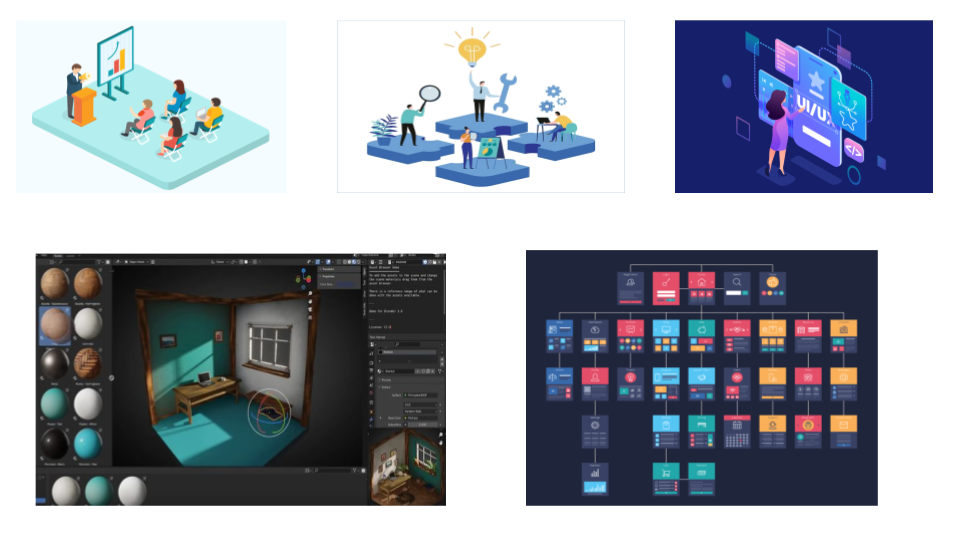
And based on your expertise, you will be awarded any one of the following titles:
Now that you know what’s expected from an XR Designer, let’s see how to get into the XR industry.
- XR Designer
- XR Product Designer
- XR UI designer
- XR UX designer
Now that you know what’s expected from an XR Designer, let’s see how to get into the XR industry.
Step 1: Test out a lot of AR/VR games/apps
You need to expose yourself to AR/VR technology as much as possible. You can do that by playing a lot of games, checking out all experiences, and seeing what your friends and other developers are building. You need to consume everything that you can get your hands on. But why?
Well, think of it like this, you are in a company and they want you to design a feature to grab an object that is far away. Now if you have played half left Alex already, you could use the gravity gun feature as an inspiration and present that as a solution to your company.
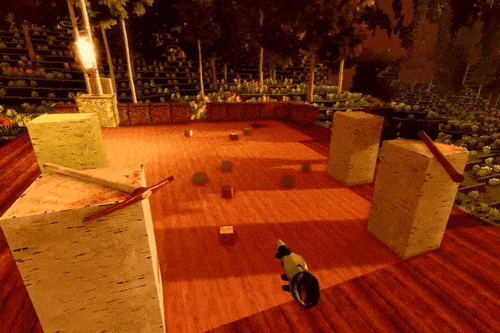
This kind of helps to expand your mind and solve problems in this field. Just like how authors should be reading a lot of books, aspiring actors should watch a lot of movies to get inspiration, similarly, every XR Creator should consume XR content.
So play a lot of games like the ones on the Oculus store. Those are like the polished games that you will see. Apart from that, you should also see something that is unofficial, like the App Lab for testing beta games and beta experiences.
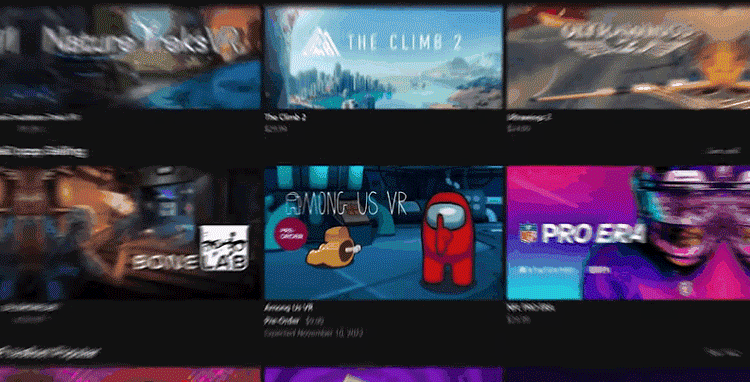
Also, it would be really helpful if you can go to conferences and meetups and see what is being developed in real-time. As those apps are built right away, you will get a real feeling of what it is to test something unfinished and that is where you see people struggle the most.
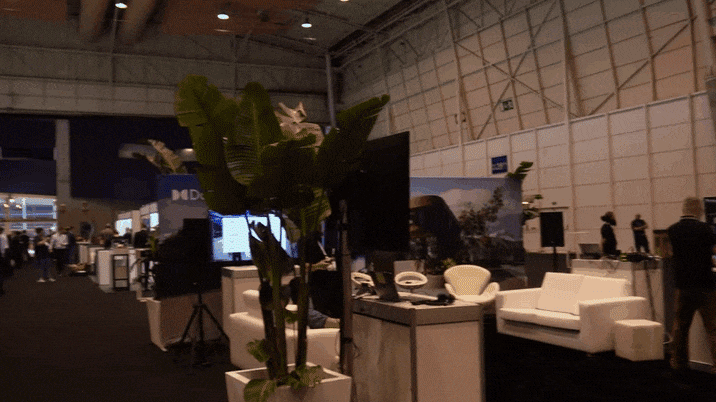
My favourite example is, in most of the apps at the conferences, you have to type something in with a jittery laser pointer and keyboard that is super far away. This breaks the user experience. Maybe you can solve this by having a magnetic kind of laser pointer or like actually typing it or any other solution you can come up with.
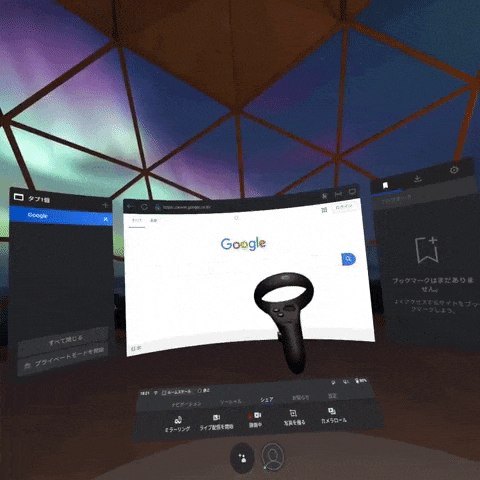
Some of the games worth trying out for VR would be Half-Life Alyx and Beat Saber. For the Hololens you can check out Fragments, it's an amazing game which showcases how to use special understanding.
Step 2: Learn the tools
There are three basic tools you need to know:
Let’s talk about game engines first, because most of the XR industry is based on game engines. Probably 90% of apps that you see are either built using Unity or Unreal so check out one of these two. It doesn't matter which one you choose because both are amazing and both get the job done. However, a lot of studios are using Unity as the game engine to develop apps so knowing Unity has an advantage as you'll have more opportunities. But, Unreal has unreal graphics so that is pretty cool as well.
- Unity or Unreal (A game engine)
- Blender (3D Modelling software)
- ShapesXR (Prototyping software)
Let’s talk about game engines first, because most of the XR industry is based on game engines. Probably 90% of apps that you see are either built using Unity or Unreal so check out one of these two. It doesn't matter which one you choose because both are amazing and both get the job done. However, a lot of studios are using Unity as the game engine to develop apps so knowing Unity has an advantage as you'll have more opportunities. But, Unreal has unreal graphics so that is pretty cool as well.
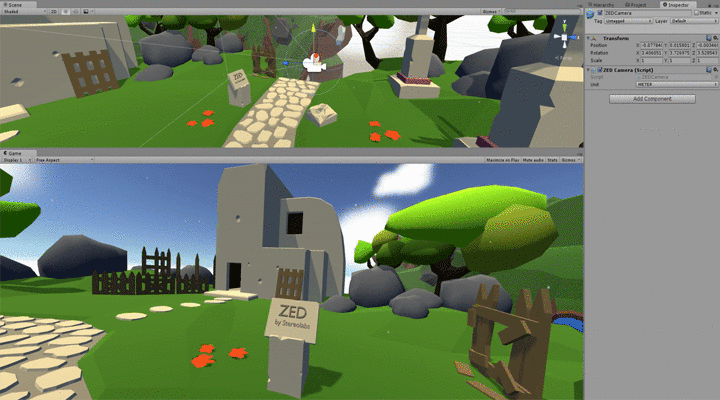
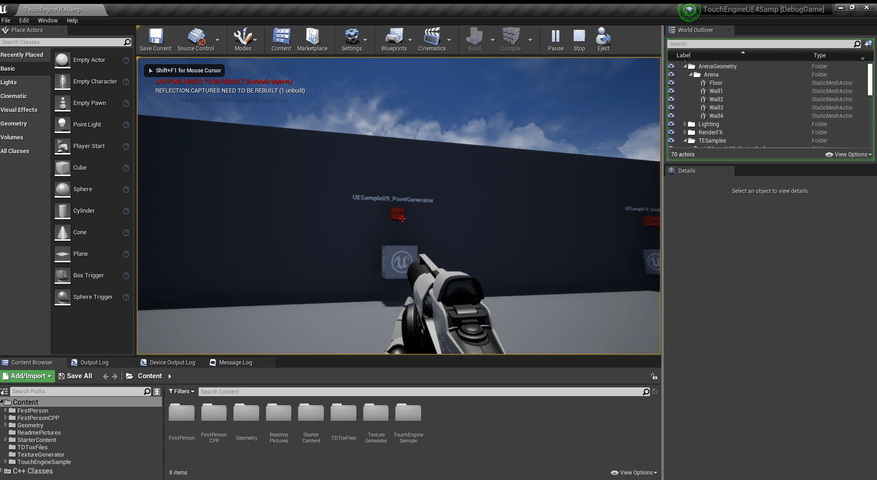
Moving on to 3D modelling, if you are working in XR then you're working with 3D all the time. This is a completely 3D-based industry so it makes sense to know a little bit about the 3D concept like vertices, poly counts and how to reduce them. A little bit about performance and optimization could be interesting as well.
I would highly recommend just checking out Blender. It’s an amazing free open-source software. There are other software like Maya, Houdini, Autodesk and many more but Blender is pretty much the gold standard now. If you do decide to learn Blender, try out the famous doughnut challenge yeah that is pretty cool and after that, you know pretty much everything you need to know.
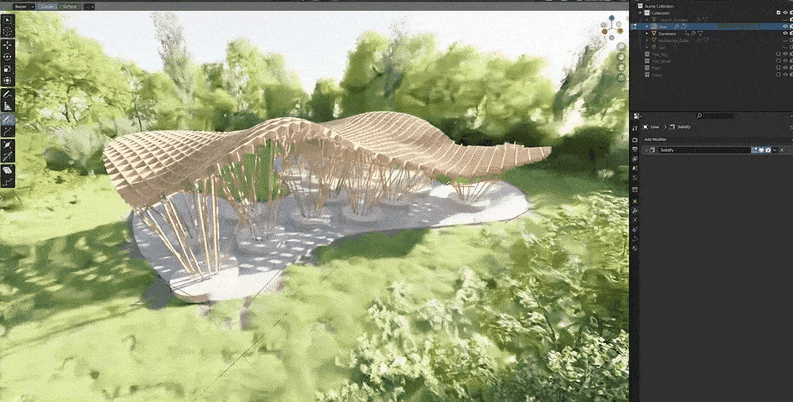
The cool thing is that the game engine knowledge will help you to communicate with the developers. The 3D modelling knowledge will help you to communicate with the 3D artist and that’s how you will be able to bring these ideas together.
Finally, let’s talk about your main tool i.e most likely or at least my recommendation is going to be Shapes XR. It’s pretty much like Figma but for XR. With this tool, you can mock up and prototype complete VR and AR experiences within your VR headset. You can put on the headset and build your feature or demo or whatever you want to build without any line of code which is pretty amazing if you are not a developer.
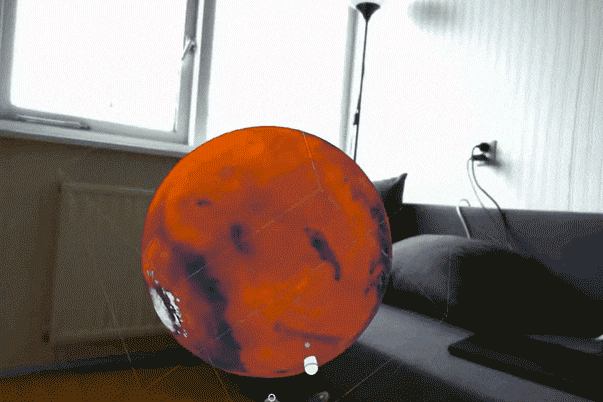
This tool allows you to collaborate with multiple people i.e you can have meetings together and check out the feature you have designed or design it together as well. You can build a storyboard and present it not only to people who have access to VR headsets but also to people who don’t. This tool is like an all-in-one UX tool for XR designers.
💡 To learn ShapesXR, you can check out Anna's review. We also cover ShapesXR in our XR Design course.
Step 3: Build a portfolio
This is seriously the most important thing that you have to do. There's no other way! you must do it and that is to build a portfolio. Well nowadays if you don't have a portfolio, especially in XR especially as an XR designer chances are pretty high that your CV will just be ignored and will see the trash can very fast. So how do you build it?
I would recommend checking out an app that you really like and think of some concept that could improve the app further. That would be the best thing to do. If you have a cool app that everybody knows (like Beat Saber) and you know a way to improve it, then build a prototype of that feature inside of ShapesXR and host it online on some web server on your own page where you will be able to showcase it. If you have a blog or something like that, write a small article about the feature that you have built and the challenges you have solved.
I would recommend checking out an app that you really like and think of some concept that could improve the app further. That would be the best thing to do. If you have a cool app that everybody knows (like Beat Saber) and you know a way to improve it, then build a prototype of that feature inside of ShapesXR and host it online on some web server on your own page where you will be able to showcase it. If you have a blog or something like that, write a small article about the feature that you have built and the challenges you have solved.
Do this a couple of times and you have a perfect portfolio trust me!
Bonus: Work on your brand!
This is for anybody who is dedicated and who is not shy on social media because probably 99% are mostly consumers and 1% are creators. Now if you belong to this one per cent who creates stuff, you will stand out so much more. So, try to build a personal brand online. But why?
Think of it this way, this is the difference between you applying to jobs v/s jobs applying to you. So these companies will be asking you to work for them. I can tell this from my experience.
So, what should you do?
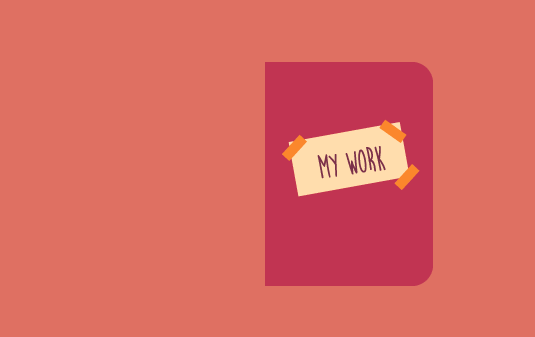
Share your learnings and document the process. Whether you are building something or if it's a challenge you are facing or if you're struggling or whatever it is, just share it online. If you don't want to do YouTube videos which I can understand because it's quite a bit of work, then go to LinkedIn create an account if you don't have one already and share your learnings there.
💡 Feel free to connect with me on LinkedIn so I can push your learnings and achievements.
Conclusion
First of all, you want to expose yourself to a lot of AR/VR content just because that is kind of your main food for thought for becoming an XR designer.
Then you have to learn the tools that I believe are essential. It's just not only my recommendation, but after talking to a lot of people in the industry who are hiring XR Designers, I can tell that it's really good to know Unity, a little bit of Blender and ShapesXR. Having some other 2D skills can be helpful as well.
Finally, I would highly recommend is to build a portfolio. If you want to be on a high level then share your learnings online in any form like a blog, YouTube, Tik Tok, or LinkedIn. This is going to be something that will enhance your career.

If you are still a bit overwhelmed which I can understand because it's a completely new field and there are still some gaps in there like, how to exactly build a portfolio? how to do it in ShapesXR? what you should know to make the app even better? and all of these fundamental XR UX. Then, don’t worry we are working on a complete XR Designer course in collaboration with ShapesXR. This will get you the best level of education so that you know everything that you need to know to get into the XR industry.
So if you are dedicated and if you are serious about learning that stuff, I would highly recommend you (in your interest) to register here: https://free.immersive-insiders.com/xrdesign

